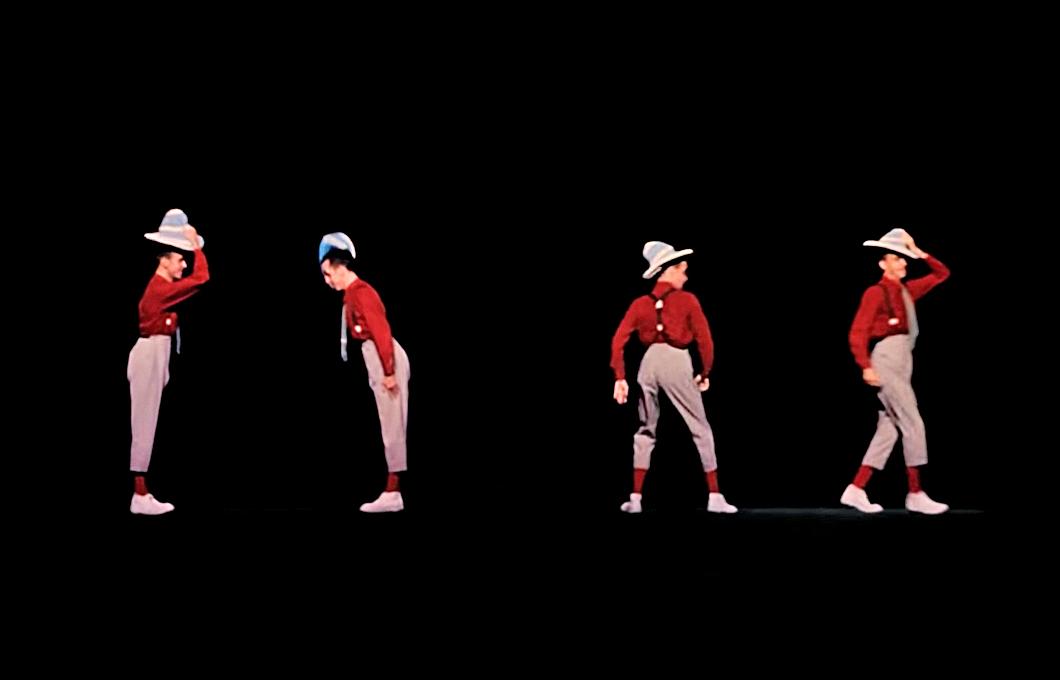卡农:最新迅雷BT资源
卡农:最新字幕下载
卡农:剧情介绍
Plot Summary:Perhaps the only film whose content is totally based on the musical form known as canon. The first sequence is a simple demonstration of the canon "Frere Jacques" where four cubes dance and combine with one another on a checkerboard. The second sequence show four little human-like figures dancing in space. The third and most elaborate sequence shows a human going through several strange gesticulations. Through multiple printing we realize that the man, as in the previous sequences, is part of a visual canon and is making the gestures to himself. As we hear variations on the canonic theme so too do we witness visual variations: a woman and cat enters the canon. To show the musical technique of inversion, the image of the man is printed upside down.
今天要谈的是影像叙事的“追随与叠加”模式。半个世纪以前,诺曼•麦克拉伦的《卡农》(Canon,1964)是最早进行这种尝试的作品之一。它其实是对影像与音乐之间关系的探索。作为音乐学的术语,“卡农”是一种多声部的谱曲方法,它的核心理念是旋律的“追随”:各个声部之间存在共性,或者说是在模仿同一个声部,但各声部依一定间隔进入,造成一种此起彼伏、遥相呼应的效果。《卡农》全片的第三段是最让人拍手叫绝的段落,依靠精心设计的动作与错落有致的叠加,先后出现的多个角色以“同样的动作”“同时”展开互动,却上演着“不同”的矛盾和冲突,展示出新奇的喜剧效果。

